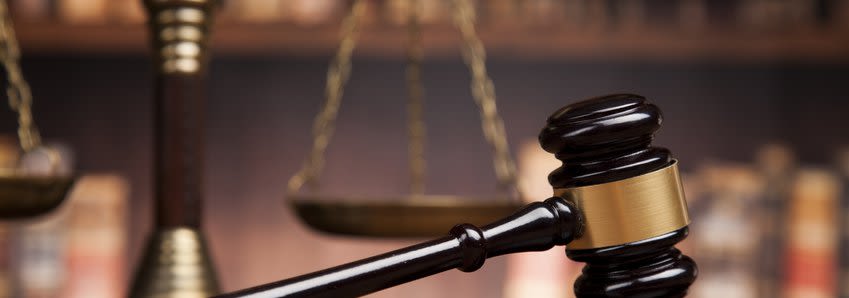
THE COMPLEXITY OF PROVING NEGLIGENCE
Each year, there are about 31 million injuries that require medical care in the United States. If you get hurt and the injury is caused by the fault of another person, you may be able to report the accident and file a personal injury claim. With the help of a personal injury lawyer, you could receive compensation if someone's negligence caused an injury or damages. Unfortunately, negligence and fault aren't always easy to prove. Let's take a look at a few requirements that must be met in order to prove negligence.Damages were acquired: First things first, a legally recognized harm must be included in a personal injury case. This is generally a physical injury sustained from the accident or property damage, like damage to a vehicle after a car crash. Proving fault cannot consist of simply saying that someone was negligent and now they owe someone money. The plaintiff in a personal injury case must have proof and evidence that they received some form of harm or damages. This can generally be done by providing medical records for injuries or insurance claims for physical damages. Overall, this is one of the first steps in a negligence claim.Causation can be proven: After it's shown that damages were sustained in some sort of accident, the next step is to prove that someone's negligence was the cause of the damages or injury. For example, it must be proven that if it wasn't for the defendant's actions, the plaintiff would not have sustained said damages. This can be difficult because in many cases, it may not be extremely clear about what exactly happened to cause the damages. Additionally, another consideration consists of whether or not the defendant could have foreseen their inattention could have caused an injury. This is one of the most complex parts of a personal injury claim, which is why it's important to work with a lawyer.There was a duty: Last but not least, it must be proven that the defendant had a legal duty that they neglected, which then caused the damages. This could be something like a property owner failing to shovel the sidewalk, resulting in a slip and fall accident. This can also consist of situations like distracted driving, in which the driver had a duty to drive safely. When it's established that the defendant had a duty, it must then be proven that the duty was neglected. Overall, it has to be proven that the action that the defendant did result in damages and they should have foreseen that occurring.Negligence cases can become very complex. From providing proof of damages to proving causation, personal injury lawyers will have to use their experience and knowledge to fight for fair compensation.
